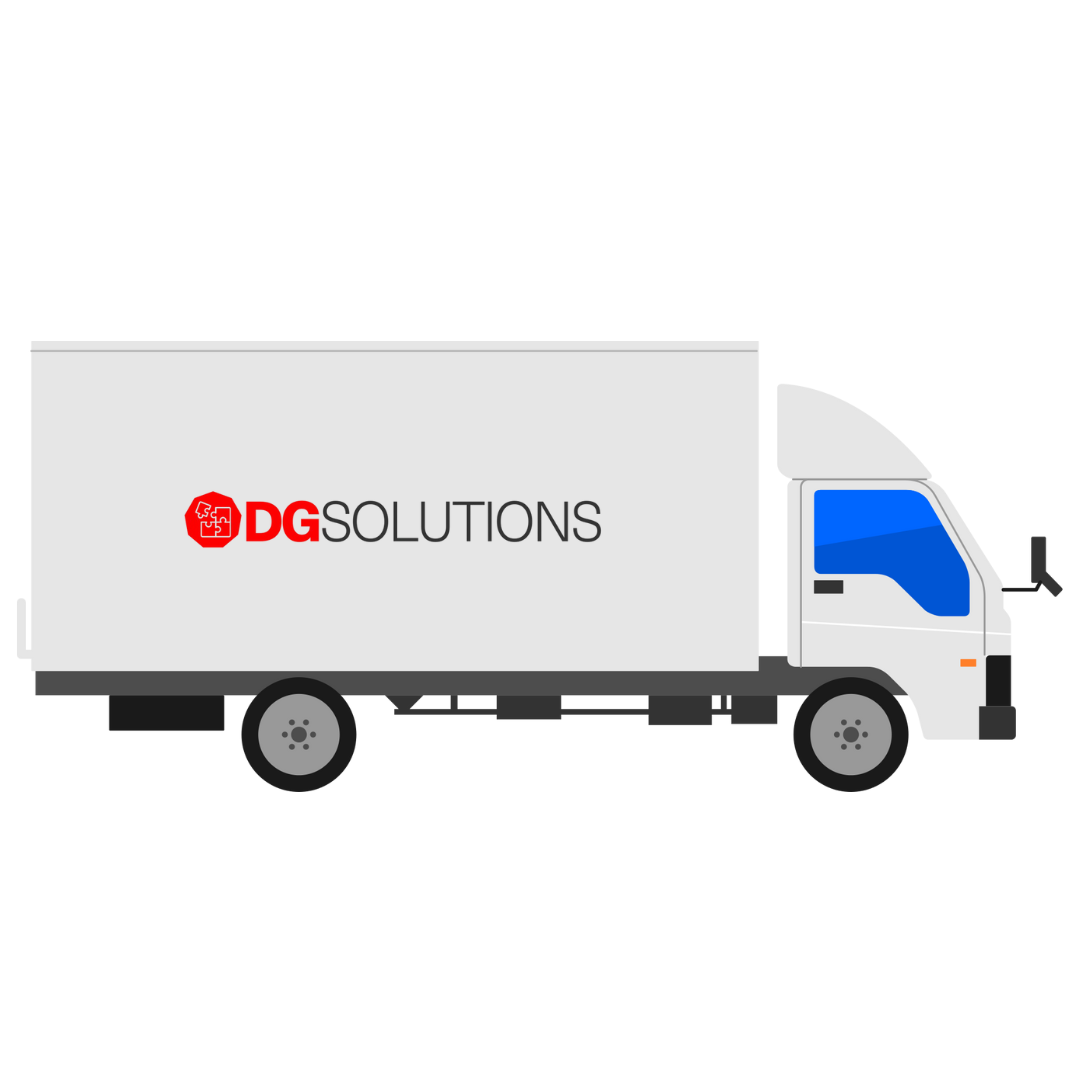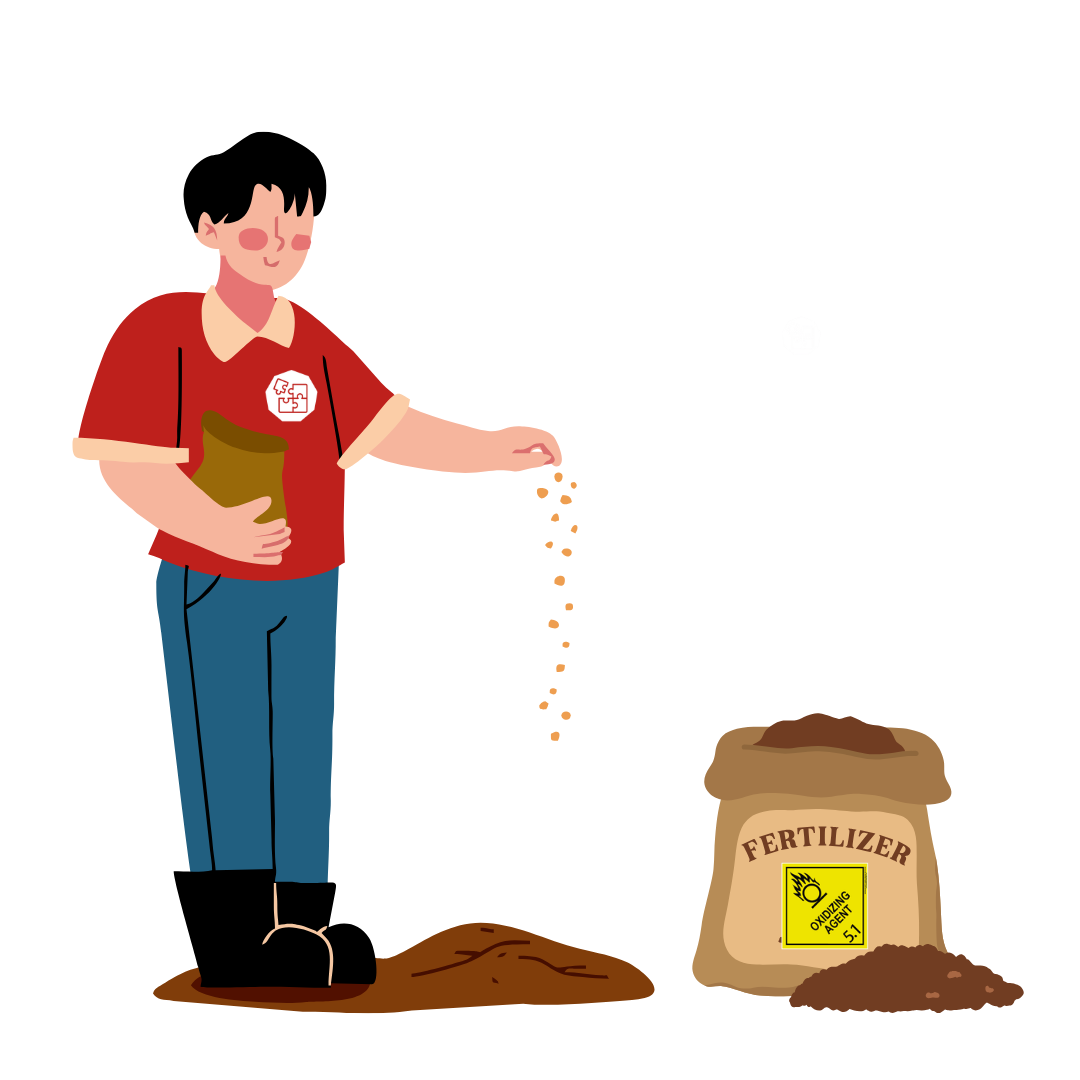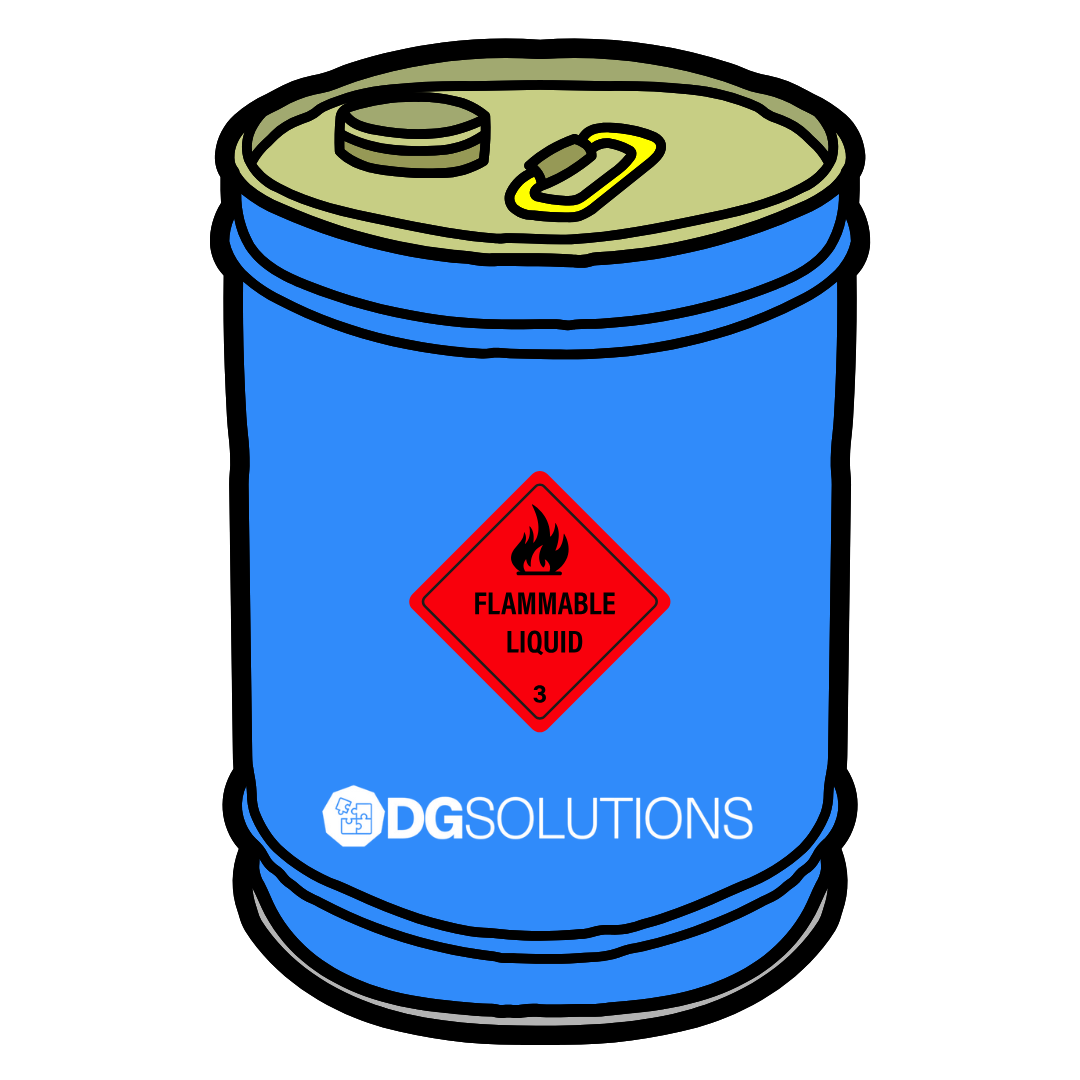BLOG
Segregation of Dangerous Goods: Not Just a Warehouse Problem
When most people think about dangerous goods segregation, they picture shelves and storage bays — acids stored away from oxidisers, flammables kept well clear of reactive substances. But here’s the thing: segregation requirements don’t stop once your goods leave the warehouse. In fact, the Land Transport Rule: Dangerous Goods 2005 and NZS 5433 both place clear responsibilities on consignors and transport operators to ensure that incompatible substances aren’t loaded together in a way that could cause harm. Unfortunately, we’re seeing more cases of non-compliance at the transport stage, and it’s costing New Zealand businesses in delays, damaged freight, and serious...
What are Class 5.1 Dangerous Goods?
When it comes to handling hazardous materials, one of the most important categories to understand is Class 5.1 dangerous goods. These substances are widely used in many industries, but they also pose significant risks if not handled correctly. What Are Class 5.1 Dangerous Goods? Class 5.1 refers to oxidising substances, which are chemicals that, while not necessarily flammable on their own, can cause or enhance the combustion of other materials. In other words, they provide oxygen that fuels fire, making other materials burn more readily, even in environments where there is limited oxygen. Oxidisers are not fire starters by...
What are Class 4 Dangerous Goods?
What are Class 4 Dangerous Goods? When it comes to the safe transportation, handling, and storage of hazardous materials, the classification of dangerous goods is essential. Among the various classes of hazardous substances, Class 4 dangerous goods represent materials that pose unique fire and chemical hazards due to their ability to ignite or react spontaneously. This class is divided into three categories: Class 4.1 (flammable solids), Class 4.2 (self-heating substances), and Class 4.3 (substances that emit flammable gases when in contact with water). Class 4 dangerous goods consist of materials that are at risk of causing fires, explosions, or hazardous...
What are Class 3 Flammable Liquid Dangerous Goods?
What Are Class 3 Flammable Liquid Dangerous Goods? When it comes to the transportation and handling of dangerous goods, understanding the various classifications is essential for safety and compliance. One of the most common and hazardous categories is Class 3 Flammable Liquids. These substances are highly volatile and can pose serious risks, including fire and explosion hazards, if not properly handled, stored, and transported. Class 3 refers to a specific category of dangerous goods that are flammable liquids, meaning they can easily ignite when exposed to heat, sparks, or an open flame. These liquids are characterised by a flashpoint of...





